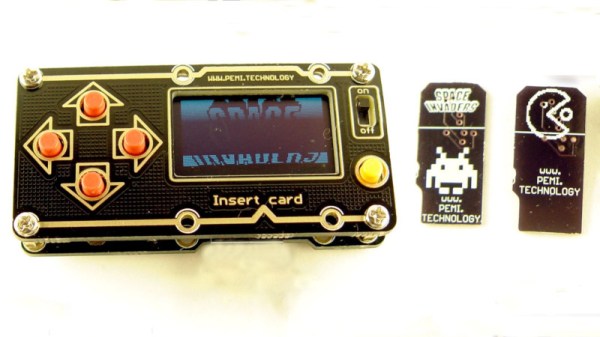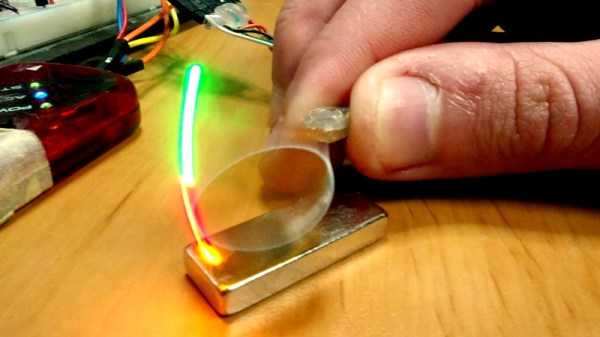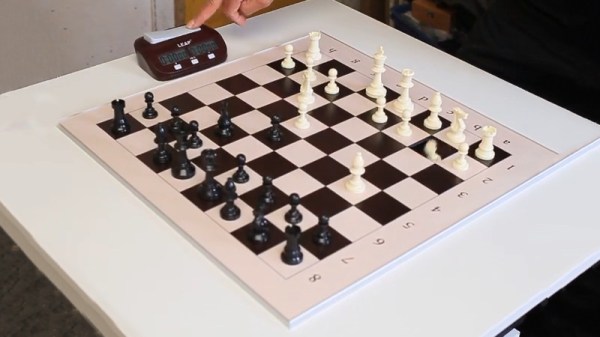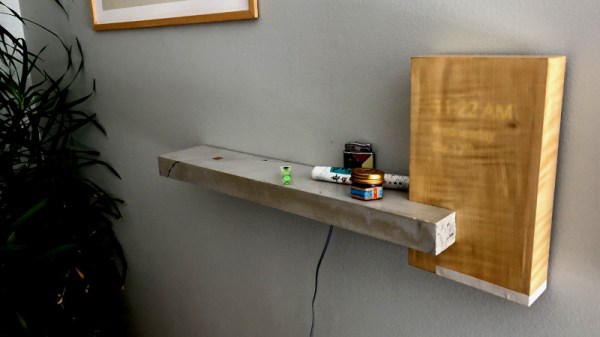With the proliferation of cheap screens for use with microcontrollers, we’ve seen a matching proliferation in small handheld gaming projects. Pick your favourite chip, grab a screen off the usual suspects, add some buttons and you’re ready to go. [bobricius] has put a unique spin on this, with an unconventional cartridge-based build.
The main body of the handheld is constructed from attractive black and gold PCBs, and features a screen, some controls and an on/off switch. There’s also a microSD socket is on the board, which interfaces with cartridges which carry the microcontroller. Change the cart, and you can change the game.
[bobricius] has developed carts for a variety of common microcontroller platforms, from the Attiny85 to the venerable ATmega328. As the microSD slot is doing little more then sharing pins for the screen and controls, it’s possible to hook up almost any platform to the handheld. There’s even a design for a Raspberry Pi cart, just for fun.
It’s an entertaining take on the microcontroller handheld concept, and we can’t wait to see where it goes next. It reminds us of the Arduboy, which can even do 3D graphics if you really push it. Video after the break.
Continue reading “Handheld Game Console Puts Processing Power In The Cartridge”





















